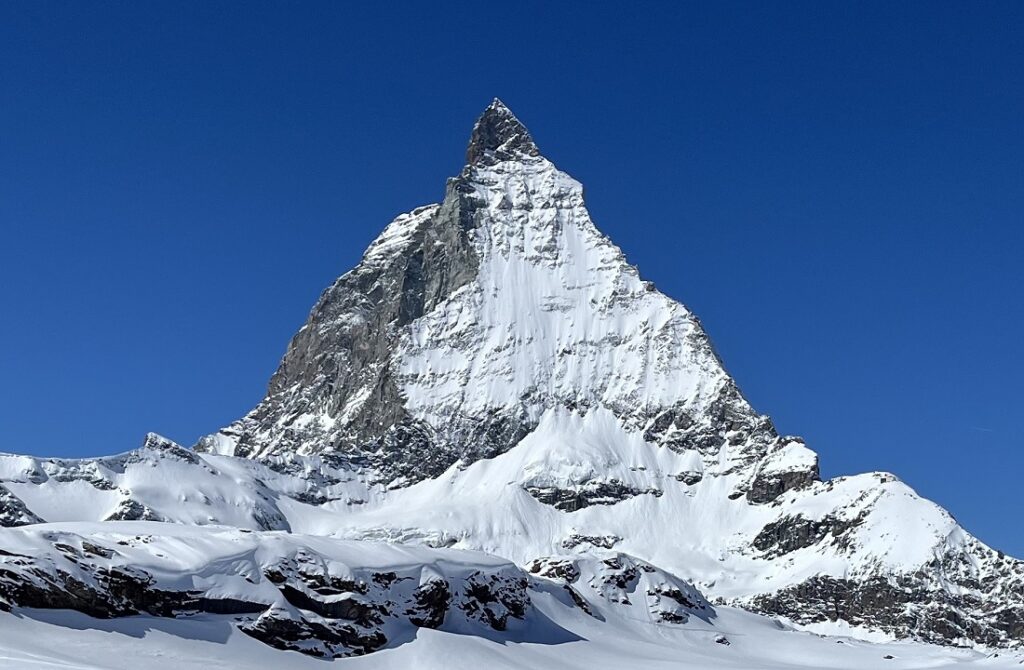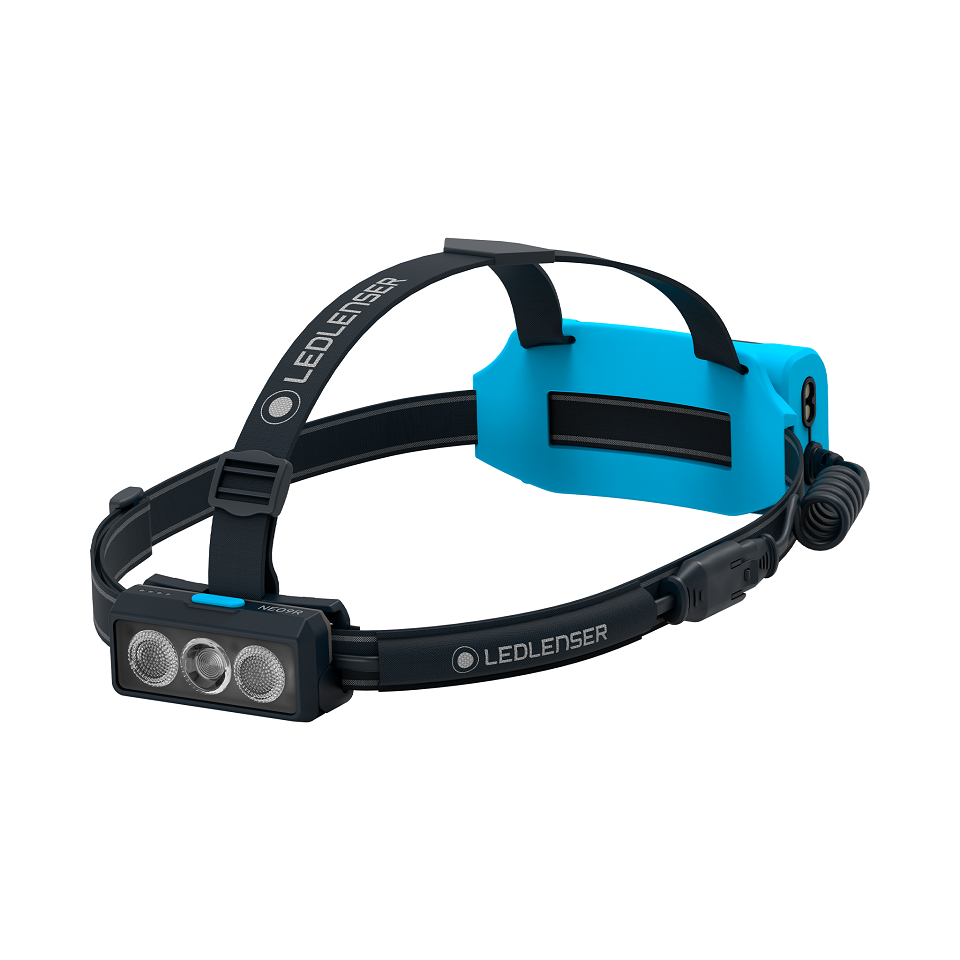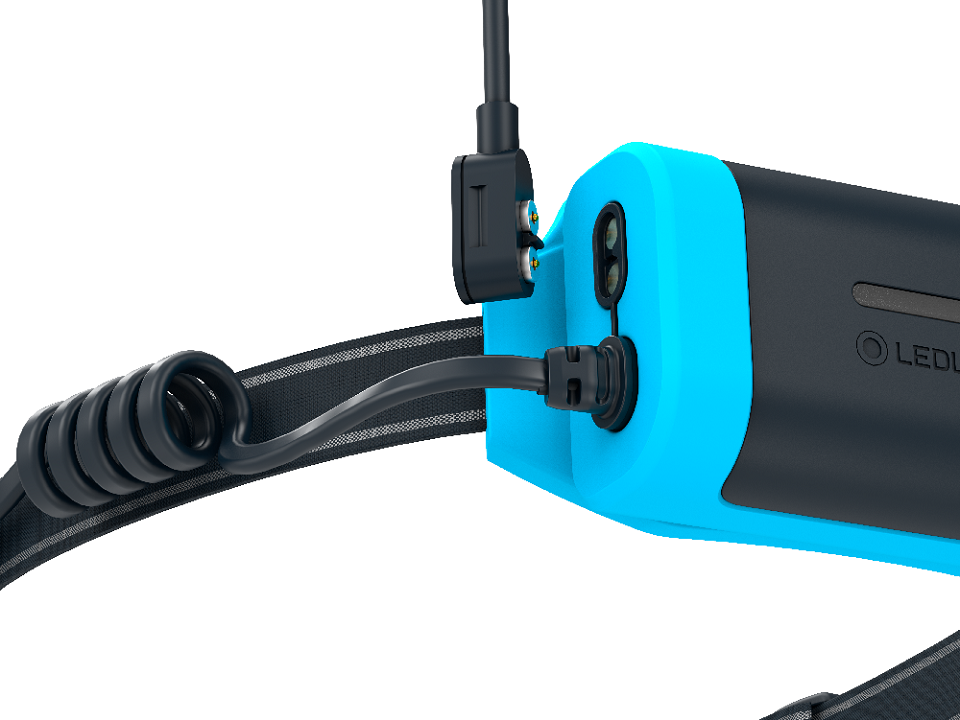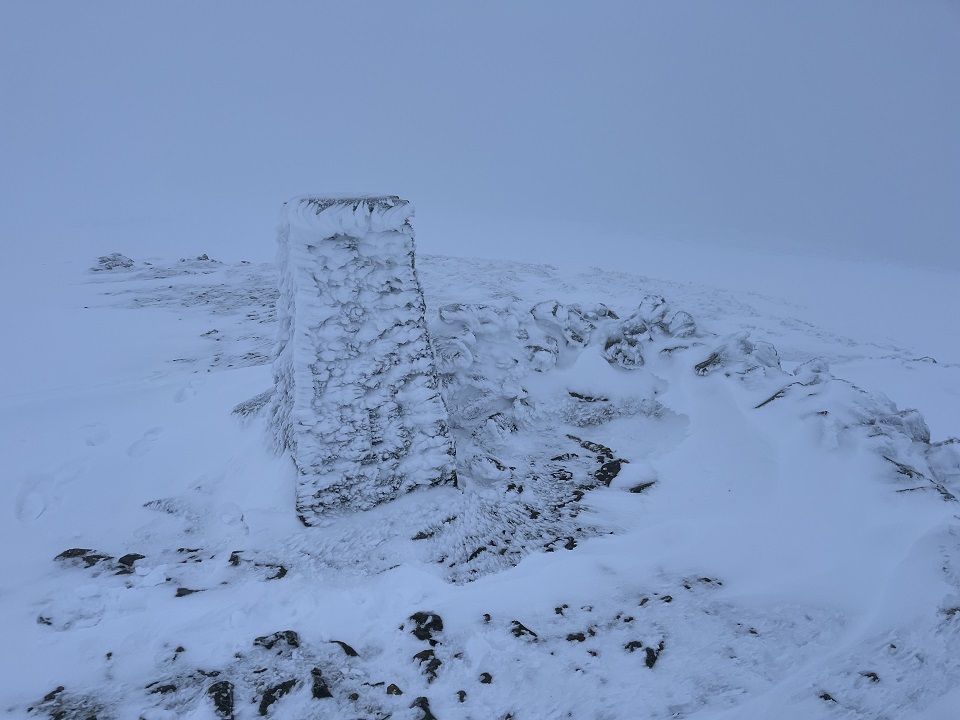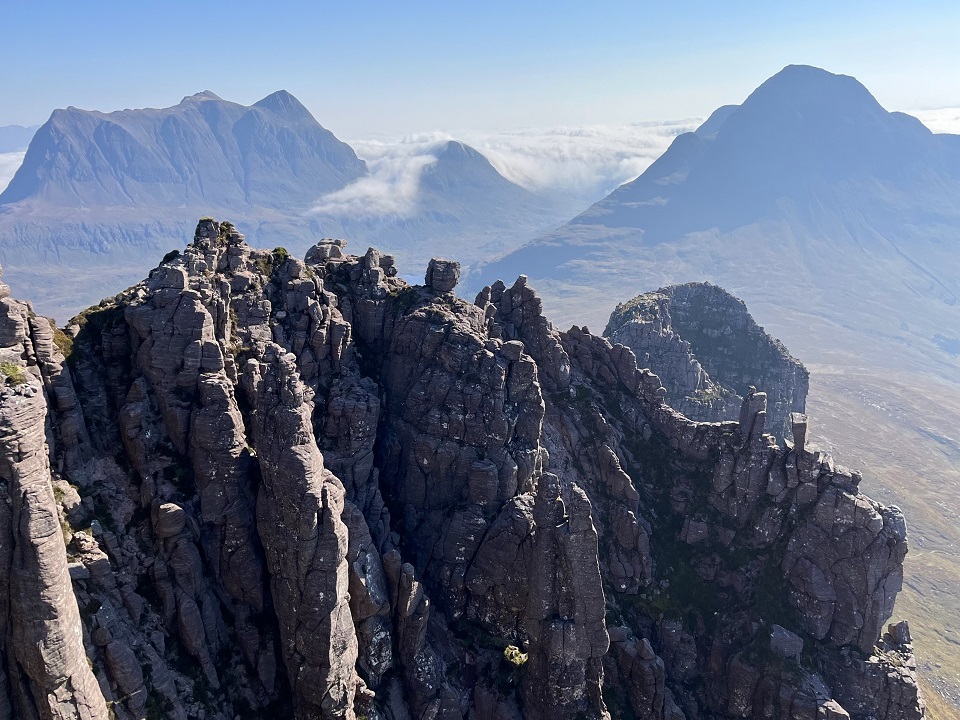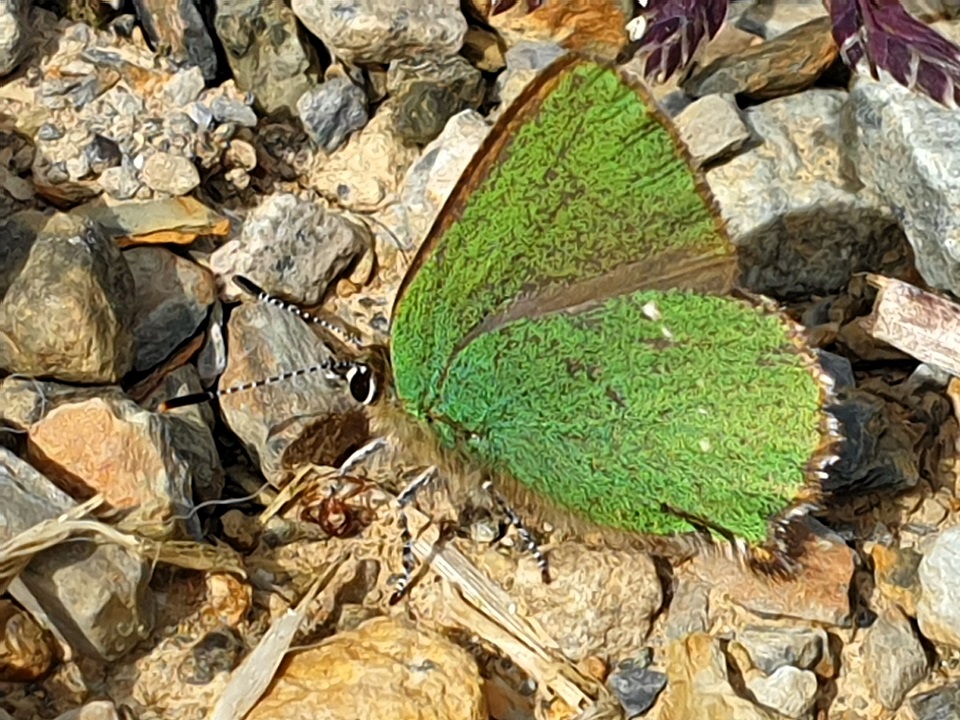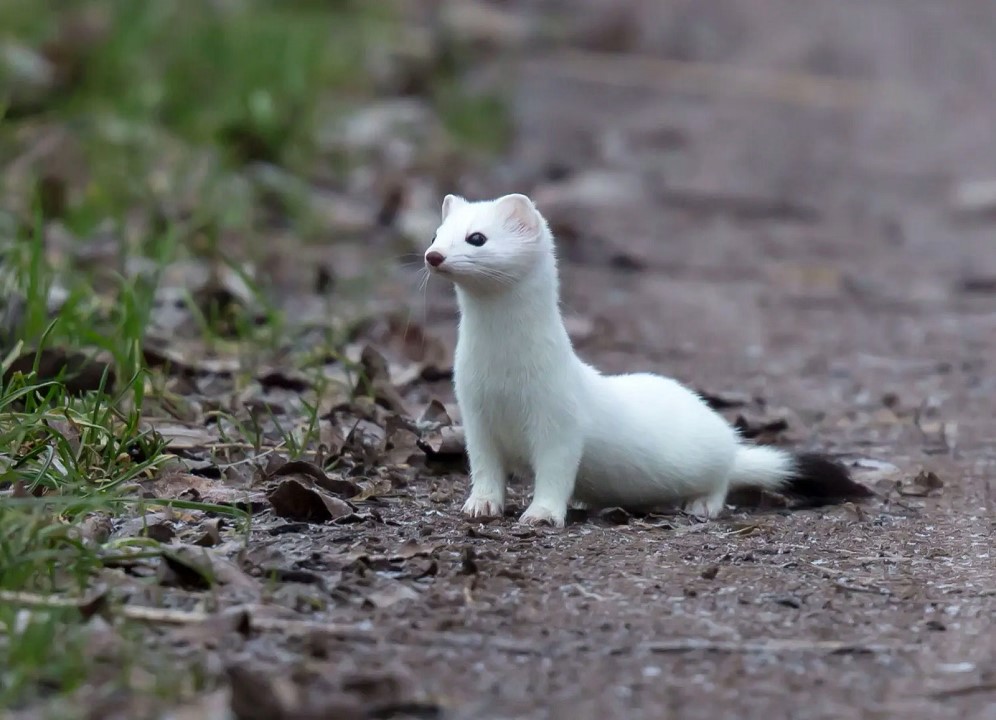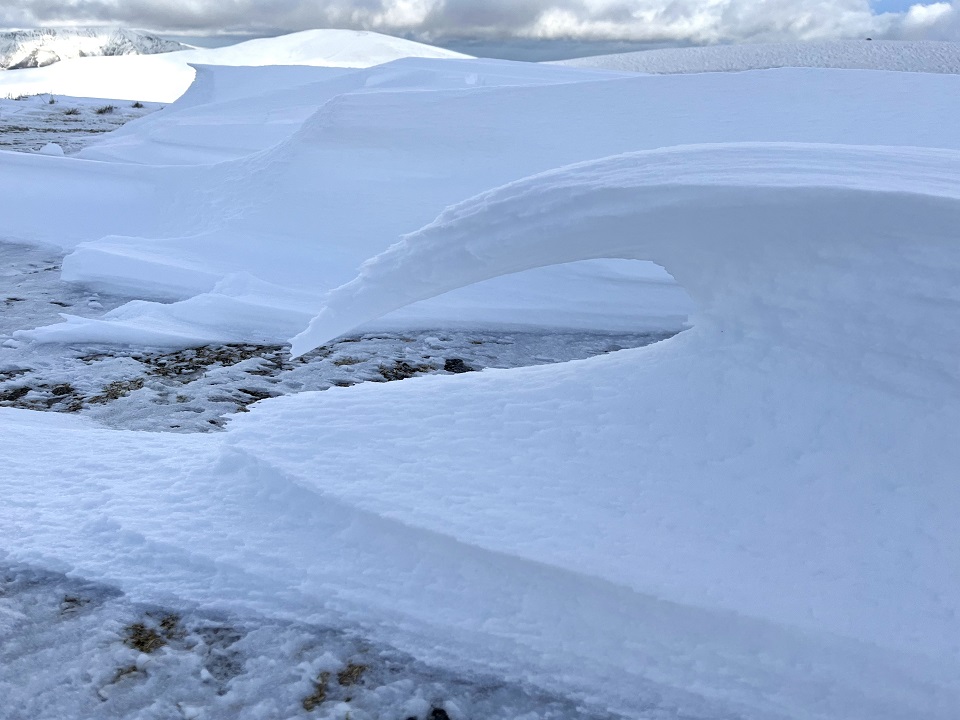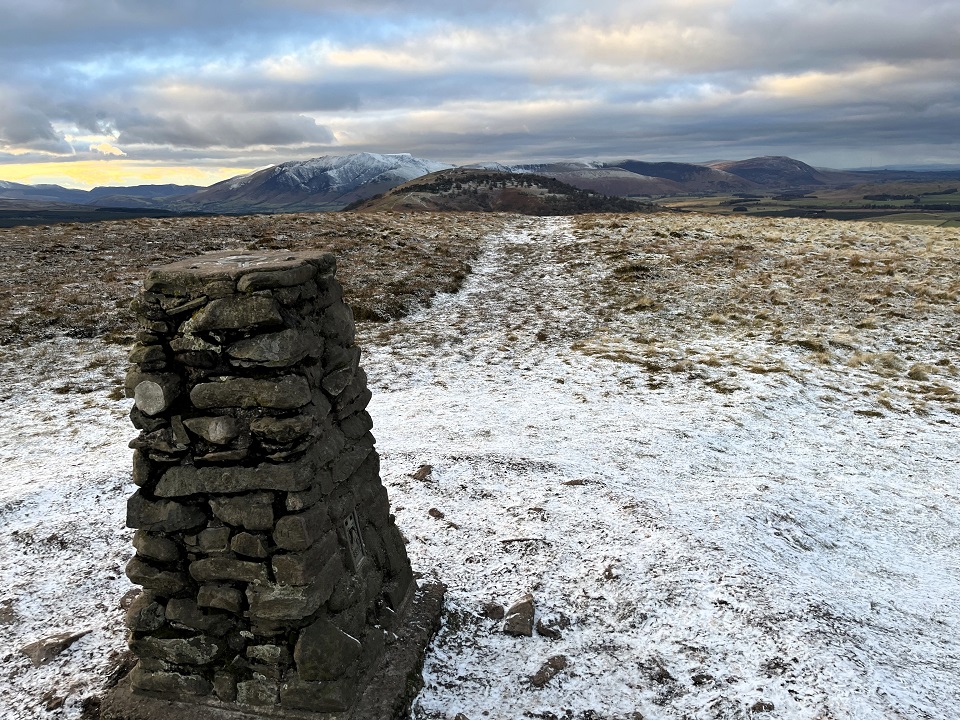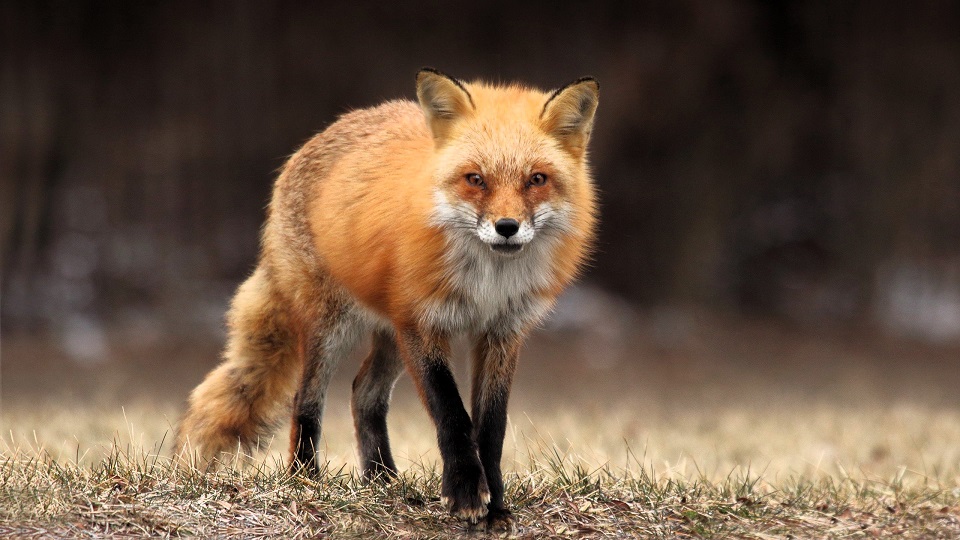Equipment Outdoors recently asked Steve to use and review the Ledlenser NEO9R headtorch. Steve had no prior experience of the Ledlenser range, so it was certainly interesting to try one of their products.
The NEO9R is primarily designed for runners and others intent on fast-paced activity. With this in mind they have placed the battery on the rear of the headband and have a small but powerful light on the front. It is also possible to wear it on the chest using the included chest strap.
Using this headtorch was immediately a positive experience: the grippy silicone covers on the battery and light, combined with the excellent headband and top strap, made the torch very stable on the head no matter how vigorous the movement.
The NEO9R has three power settings plus a boost mode and a flashing red light on the rear of the battery pack. On its lowest setting the light is dim at 20 lumens/5m/120hrs; the mid power is 200 lumens/60m/12hrs, whereas on high power it’s 600 lumens/120m/5hrs, with a short-term boost mode of 1200 lumens/200m. The red flashing led at the rear is always on when the torch is in use. The light is switched on and off and between modes using the silicone button on top of the light. It is intuitive to use but the button is small and could be awkward to find and use if wearing substantial gloves.
For activity there seemed no reason not to run the NEO9R on high power all the time, as 5 hours is usually more than enough for a single activity. There are three forward-facing leds which provide a wide, soft, continuous beam without any harsh edges – perhaps the best I’ve used. The light also penetrates a long way on high power, though the boost mode didn’t really provide a significant additional benefit when used. The torch is charged with a magnetic attachment and a USB C connector.
At 199g the NEO9R is not the lightest on the market, but the weight is far from burdensome, especially given the excellent stability and comfort provided by the Ledlenser headband. The beam pattern, breadth and depth are first class; this light will excel if moving quickly in poorly lit or fully dark environments. It could also be used as an additional bicycle light and would be perfectly good in many other activities where powerful lighting is required. For runners always in well-lit urban areas, or anyone needing to be seen rather than needing a light to see by, a flashing front light option and a brighter rear light may be more use. For anyone wanting a robust, comfortable, stable light with an excellent beam pattern, particularly when moving quickly or over variable terrain, the NEO9R would be a great choice and I have no difficulty recommending it.
Equipment Outdoors provided the NEO9R for testing and review. I dealt with Miles who was very pleasant and helpful. Equipment Outdoors stock the NEO9R in both blue and grey, though if you have different lighting requirements, they do stock the whole Ledlenser range and will be pleased to help you choose the most appropriate light for your needs.
